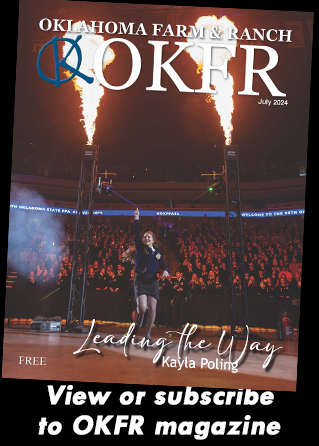Country Lifestyle
Thank You, Levi Strauss
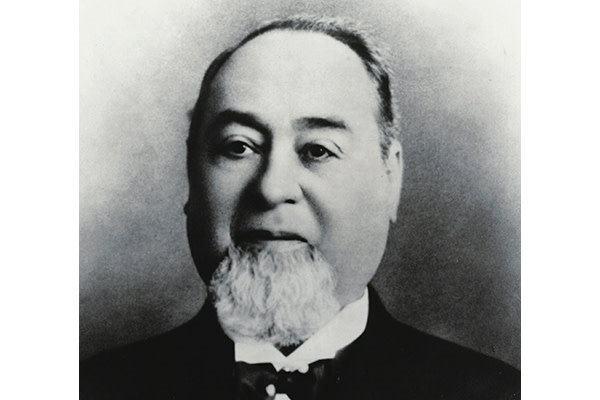
By Judy Wade
Farmers, ranchers, cowboys, cowgirls and even lots of city folks can thank Levi Strauss for those denims they slide into every day. Whether it’s Levis, Wrangler, Cinch, Round House or some other brand, they all owe their origin to the same man.
Levi Strauss was a German born immigrant who came to America in 1847 with his mother and two sisters. His two half-brothers had immigrated earlier, and Strauss joined them in their dry goods business called J. Strauss Brothers Company in New York City.
He relocated to Louisville, Ky., before becoming a United States Citizen in 1853 and opening the West Coast office in San Francisco in 1854 during the gold rush.
He called this new store Levi Strauss and Company and imported goods from the New York store. He sold clothing, bedding, fabric and other items.
Jacob Davis, one of Strauss’ customers, was one of the inventors of the copper rivets, which Davis used to reinforce pockets and fly front on the canvas pants he made to make them resistant to wear and tear.
Davis, not having enough money to apply for a patent, approached Strauss about a partnership, secured a patent on his rivets in 1873, and the two began making “waist overalls” from denim dyed blue to hide stains. The rivets made the pants tough and rugged, something the miners and other workers needed.
The pants were full cut, meant to wear over long underwear or other pants, with buttons on the waistband for attaching suspenders. Belt loops were added later. These original pants were stiff as cardboard until worn a while.
At first, Strauss hired seamstresses to sew the pants in their home but soon opened his first factory.
The “arcuate,” or curved bow shape on the back pockets, was at first irregular because the sewing machines only had one needle. Today, double needle machines produce a more symmetrical design. The meaning of the stitching has been lost due to a fire in the firm’s offices that destroyed old records.
In 1873, Strauss added the small pocket on the right front hip. Only pocket watches were available then, and the small pocket ensured the watch was free from scratches and other damage. Many people today have no idea what that little pocket is for.
The iconic leather patch printed with the size was added in 1886.The two horses symbolized the strength of the fabric. The XX indicated extra strong. The leather was later replaced with heavy cardstock to cut the price. The red tag on the back pocket came into being in 1936. The first Lady Levis, the 701, appeared in 1934.
1901 was the first year the jeans had two back pockets. Until then, they had only a right rear pocket. The zipper was added in 1954 to appease the newly found East Coast crowd.
John Wayne wore Levis in the iconic movie Stagecoach in 1939. Other stars who can be seen wearing Levis in movies include Clint Eastwood, Marlon Brando and James Dean.
Thus began one of the most enduring fashion empires, making one of the United States’ most durable and popular clothing items—the blue jeans, and making Strauss a millionaire. When he died in 1902 at age 73, Strauss’ estate was valued at $6 million. Having never married, he left his estate to four nephews.
Today, jeans are available in numerous shades, weights of fabric, fits, styles and prices. A standard pair of Gucci jeans is $600. In 1998 headlines announced Gucci’s distressed, ripped designer jeans at an astonishing $3,134 a pair. Most Levis today are in the $30-$40 range.
That’s a long way from Strauss’ price of about $3.00 a pair.
Read more in the September issue of Oklahoma Farm & Ranch.
Country Lifestyle
Superbells Blackcurrant Punch

Rare Color for Baskets and Mixed Containers
By Norman Winter | Horticulturist Author and Speaker
The Garden Guy has become completely mesmerized by a bowl of blackcurrants. You can guess I am having a little fun with you. I am not talking about the fruit but the flowers referred to as Superbells Blackcurrant Punch.
This year most everything came through the winter including a few plants I am even asking where did you come from? The spring has been long, gloriously beautiful and still in progress and all of the Superbells calibrachoas taking your breath away with their beauty.
I have written about the ‘Punch Group’ but never about a single color. I love every one of them but this year I just have to dedicate a column to Superbells Blackcurrant Punch. Yes, I do have a couple of yellow bowls where they are showing out but in reality, they are mixed in a lot of my containers.
Superbells Blackcurrant Punch has won a ‘baker’s dozen’ of awards, Top Performers, and Perfect Scores north to south and east to west. Like the others they reach about 12-inches tall with up to a 2-foot spread. They obviously have some cold tolerance as mine have come through the winter. The caveat is they did spend five consecutive nights in the garage. Their beauty in March and April has defied logic.
The color which is so rare in the garden makes it a must have plant. I found a Proven Winners description from several years ago that nails it, Superbells Blackcurrant Punch has bright fuchsia-colored petals with velvety black centers and a subtle yellow in the throat. It will be hard to pass by if you are lucky enough to find them at the garden center.
Your success will come from growing them in containers with a very good potting soil. Give them plenty of sun. There is a lot of garden gossip that says you can’t grow them with Supertunias, Superbenas or a plethora of other plants because of different water requirements.
In the South we water containers and baskets every day unless we get rain. These containers drain freely so life is the same for all the plants. Since we water so frequently, we need to feed on a regular basis. The Garden Guy mixes up the blue water-soluble mix and feeds the container grown plants about every three weeks. At some point the Superbells Blackcurrant Punch will look tired and in need of a trim. This haircut so to speak will generate new growth, and blooms for the fall.
Your choice of partners is only limited by your imagination. I love them with Lemon Coral sedum, Superbena Cobalt verbena, Blush Princess sweet alyssum and mixed with other calibrachoas like Superbells Grape Punch and Magic Pink Lemonade. They are heavenly with Primo Wild Rose heuchera and Superbena Whiteout verbena.
All of the Superbells attract both hummingbirds and butterflies. The butterflies I have photographed so far have all been Eastern Tiger Swallowtails. You have to admit that’s not bad for flowers that are so pretty. Planting season is here, keep a spot open in your mixed-container recipes for Superbells Black Currant Punch or some of the other Superbells calibrachoas that now total 41. Follow me on Facebook @NormanWinterTheGardenGuy for more photos and garden inspiration.
Country Lifestyle
Western Housewives – June 2024
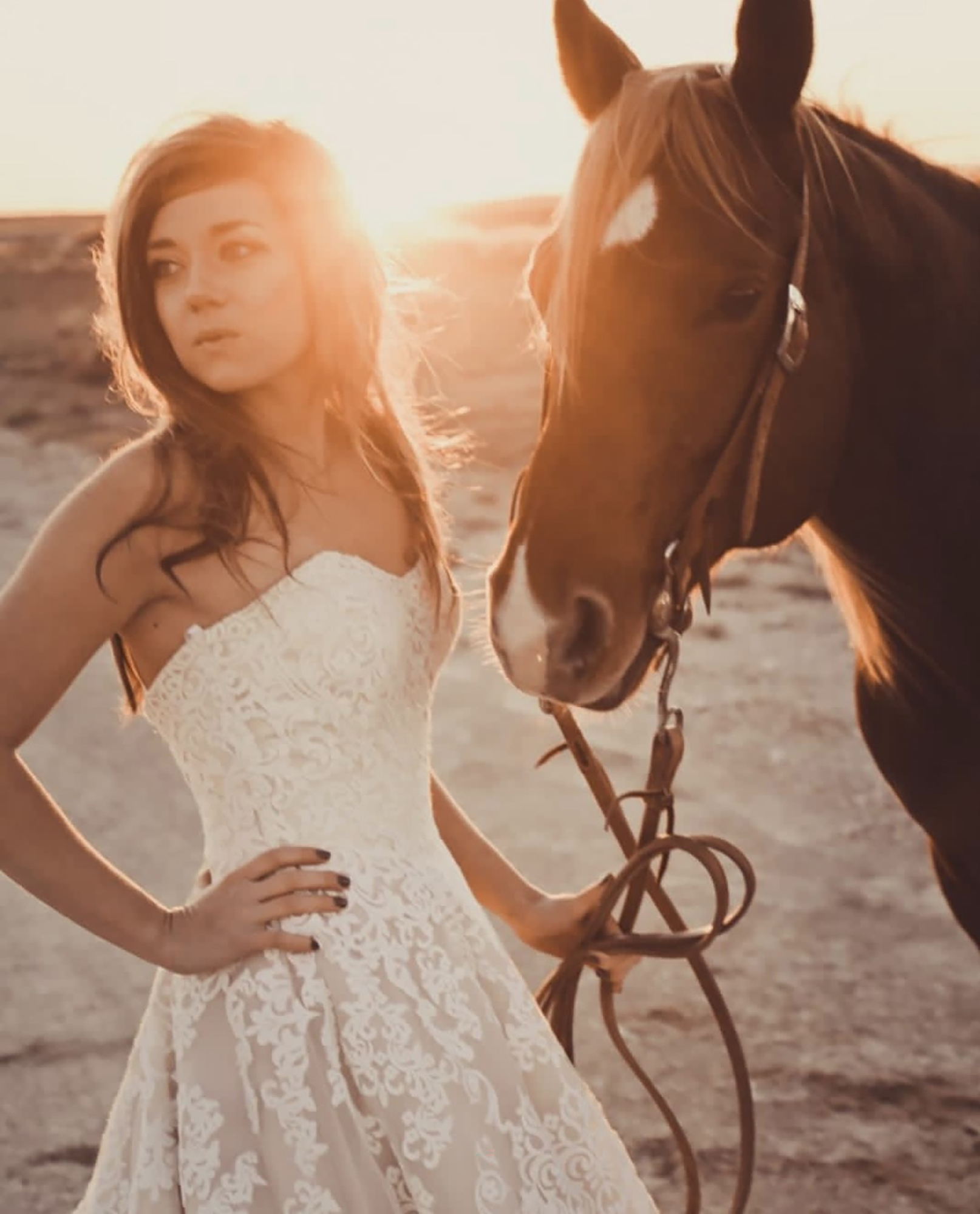
Life consists of small events that define us. Sometimes, it’s something as simple as eating cake with your two-year-old at midnight at your sister’s wedding. Sometimes, it’s something as painful as taking your two-week-old to the emergency room with RSV and living there for a week. Both are moments that changed me, and both are moments that I’ll remember forever.
Often my defining moments have happened on the back of a horse. I guess that is because that is where I have spent most of my life. It has made me pay special attention to each horse I have ridden during different stages of my life.
My first horse was a big bay horse that was must have reminded me of Greek mythology because it took me about two seconds to name him “Hercules.” He was the perfect mount for a five-year-old that acted tough but was secretly scared of her own shadow. Once I got Hercules, I could start going to work with my dad. We gathered wheat pastures and road pens, and he let me sit in the round pen on Hercules while he worked his sale horses. At the ripe age of five I was a pretty seasoned pen rider and had the sour disposition to prove it.
One morning we had a lot of wheat pasture freshies to turn out. Naturally, they ran off as soon as they got off the truck. Babies cry, and wheat pasture cattle run off the truck; I don’t make the rules.
My Dad had to leave me and get in front of the herd to keep them from crashing into the fence. I’m sure he told me just to stay put, but Hercules got excited by all the commotion and started following the impending stampede. Now I realize that I was safe the entire time, but, at that moment, I was certain my life was over. I was dramatic even as a youngster. Would Hercules ever stop? Would he try and jump the sprinkler tracks? What if he runs through the hot wire? And most importantly, what will I tell my friends?
About the time I was ready to jump into the dirt my Dad ran up beside me and helped me stop Hercules. I was safe, my adrenaline was pumping and I was promised an Allsup’s Coke for all my troubles. That was a defining moment in my life. I realized the more danger you got yourself in to, the much bigger the condolence award. As long as I was able to keep it to an Allsup’s Coke level of danger I would be just fine.
The next horse I truly loved was named “Alotofbull” He was anything but full of bull. He was big, cowy, and athletic. He scared me just a little but that’s what made me love him the most. My Dad and I won countless events on Alotofbull. My Dad has true horsemanship pumping through his veins, but I can only credit my riding success to Alotofbull. He made things easy for me and I felt I was nothing without him.
Even after all the ribbons, the moment I remember the most about him wasn’t in the showpen. it was in the middle of nowhere on a place we called “The Cain.” The Cain was where I spent many fall afternoons and summer mornings. It was full of Sandhills, cactus that were found of my backside every time my seat left the saddle, and absolutely no sign of civilization. We would push cows to water, move pastures, and do other slow-paced things that were good for the horse and for the mind. I loved it there.
One afternoon in the middle of June, my Dad and I were moving some cattle to water. After we were done we came upon a set of old pens that my Dad had branded calves in with his Dad a long time ago. My Dad got quiet and solemn. Traits that were unusual for him. He started to reminisce of times long ago and told me how much he wished all his kids had gotten to know his Dad before he had passed away many years prior. I was only 14 at the time, and I was having trouble holding back tears myself. I leaned forward and played with Alotofbull’s black mane. I knew my grandfather had been a special man and I knew my Dad had cherished him. It made me see my Dad in a different light going forward. Yes, he was strong and resilient, but he was also human, just like the rest of us. He had a vulnerability in his life, too. It was a moment that taught me not to be afraid to talk about the hard stuff but to always press on. No matter what.
Many years later, I found myself in beautiful Oklahoma on a horse named “Reuben.” He was my then-boyfriend’s horse and was the only quick and little horse I had ever ridden. He was spunky and made me feel like better help than I was as we gathered pairs to wean that morning.
The sun was just coming up over the cottonwood trees, making the dewy grass shine. I looked over at the man beside me and just knew I would spend the rest of my life doing this very thing with him. I didn’t care if we ever had money or much of anything, really. As long as we were together, loving God, and riding good horses, I didn’t care about anything else.
About 12 hours later, after a long day and a few incidents that may or may not have involved me getting run over by a yearling, that same man proposed to me. We had never talked about it out loud, but I guess God had put it in both of our hearts. It was a moment that, of course, changed the rest of my life. It taught me not to overthink things when they are right and that an Oklahoma cowboy was just what my life needed.
I’ve had many horses and many defining moments in my life. Sometimes, I have loved the horse, and sometimes, I have not. The same goes for the moments. Nevertheless, each horse and moment has taught me something. After all this time, I am convinced that no matter how old I get, I will never be too old to ride a good horse because I will never be too old for a defining moment.
That being said, if one or two of my life lessons could involve another Allsup’s Coke, that’d be all right by me.
Country Lifestyle
A Beginners Guide to Fishing

It seems that the subjects of countless profiles in the past year have mentioned, whether in passing or as part of a larger discussion, that the COVID-19 pandemic changed Oklahoma’s landscape in numerous ways. By and large, the overwhelming observation is that Okies in urban areas have begun migrating to the country, and are embracing the rural lifestyle. Small farms are popping up with a variety of animals, and gardens are being planted where there wasn’t one before.
It made me think that there are likely people out there who don’t know the basics of one of Oklahoma’s favorite pastimes: fishing.
With countless lakes, rivers, and streams teeming with a diverse array of fish species, Oklahoma offers ample opportunities for anglers of all ages and skill levels to cast their lines and reel in memorable catches.
If you’re new to fishing and eager to dip your toes into the water, don’t be afraid. Here are a few basic concepts to get you started.
Understanding Oklahoma’s Fishing Scene
Before you embark on your angling adventure, it’s essential to familiarize yourself with Oklahoma’s diverse fishing opportunities. From largemouth bass in the renowned Lake Texoma to catfish in the Red River, each region of the state offers its own distinct fishing experience. Consult resources such as the Oklahoma Department of Wildlife Conservation website and local fishing guides to discover prime fishing spots near you and learn about the regulations and licensing requirements specific to Oklahoma waters.
Gear Up
One of the first steps in getting started with fishing is acquiring the necessary gear. For beginners, a basic fishing rod and reel combo will suffice. Opt for a versatile spinning or spincast reel paired with a medium-action rod, which offers flexibility and ease of use for a variety of fishing techniques. Additionally, invest in essential tackle such as hooks, sinkers, bobbers, and a selection of artificial lures or live bait, depending on your preferred fishing style and target species.
Learn the Ropes
Before you hit the water, take some time to familiarize yourself with the fundamentals of fishing. Practice tying basic fishing knots, which are essential for securing your line and attaching hooks and lures. Watch online tutorials or consult instructional books and videos tailored to beginner anglers to learn casting techniques, proper rod handling, and best fish handling practices.
Choose Your Fishing Spot
Oklahoma boasts an abundance of fishing hotspots, ranging from expansive reservoirs and scenic rivers to hidden ponds and urban lakes. Consider factors such as proximity, accessibility, and the type of fish you’re targeting when selecting your fishing spot. Popular destinations for beginners include Lake Hefner in Oklahoma City, Lake Thunderbird near Norman, and the Illinois River in northeastern Oklahoma, known for its scenic beauty and excellent trout fishing.
There are also countless farm ponds, but, I hope it goes without saying, you must obtain the land-owner’s permission to access their lands and fish their ponds.
Follow Fishing Regulations
Before you embark on your fishing excursion, familiarize yourself with Oklahoma’s fishing regulations and licensing requirements. The ODWC website provides up-to-date information on fishing seasons, bag limits, size restrictions, and license fees. Remember to obtain a valid fishing license and any additional permits required for specific fishing locations or species, as failure to comply with regulations can result in fines and penalties.
Practice Patience and Persistence
Fishing is as much about patience and persistence as it is about skill and technique. Be prepared to spend time waiting for the fish to bite, and don’t get discouraged if you don’t reel in a trophy catch on your first outing. Experiment with different baits, lures, and fishing techniques, and don’t be afraid to seek advice from experienced anglers or local bait shops. You’ll soon become more proficient and confident in your fishing abilities with practice and perseverance.
By gearing up with the right equipment, learning essential fishing skills, choosing the perfect fishing spot, following regulations, and embracing patience and persistence, beginners can set themselves up for a rewarding and enjoyable fishing experience in the Sooner State.
References:
Oklahoma Department of Wildlife Conservation (ODWC). “Fishing Regulations.” wildlife.ok.gov/fishing/regulations
ODWC. “Fishing in Oklahoma.” wildlife.ok.gov/fishing
-
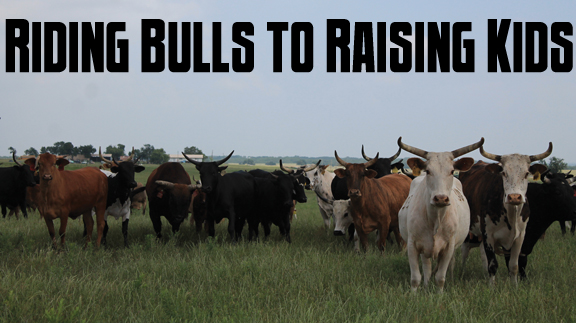
 Country Lifestyle7 years ago
Country Lifestyle7 years agoJuly 2017 Profile: J.W. Hart
-

 Outdoors6 years ago
Outdoors6 years agoGrazing Oklahoma: Honey Locust
-
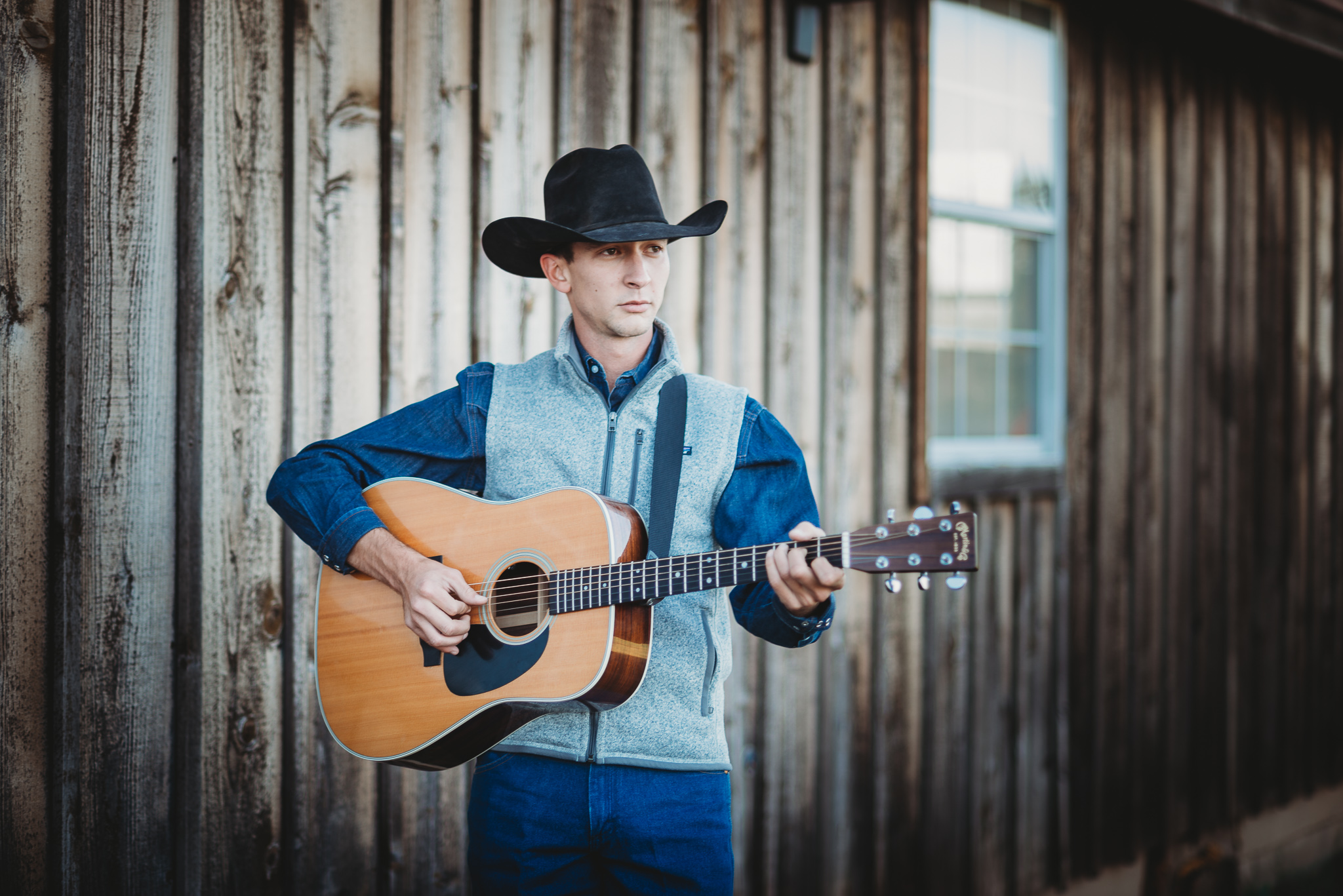
 Country Lifestyle3 years ago
Country Lifestyle3 years agoThe Two Sides of Colten Jesse
-
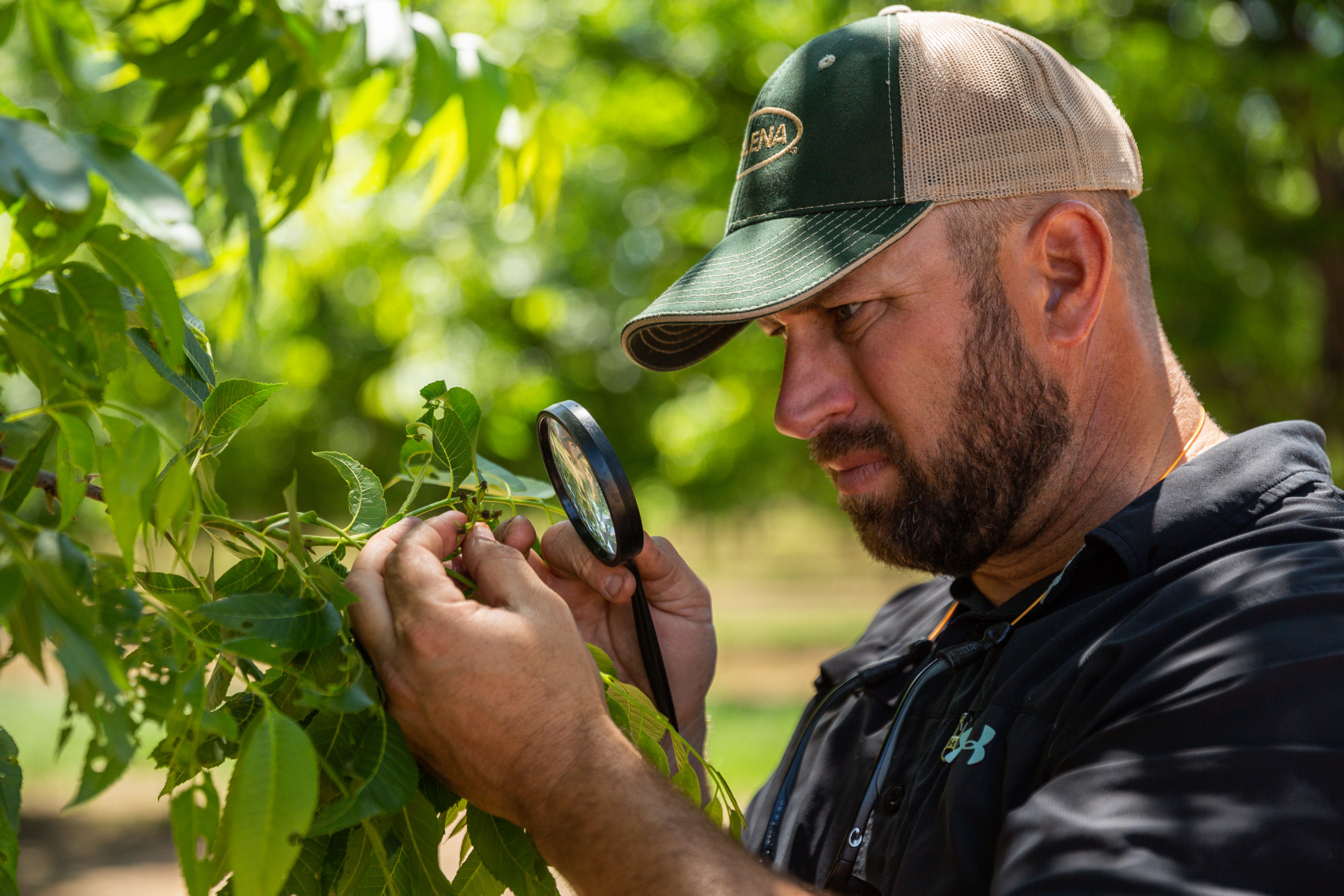
 Outdoors4 years ago
Outdoors4 years agoPecan Production Information: Online Resources for Growers
-
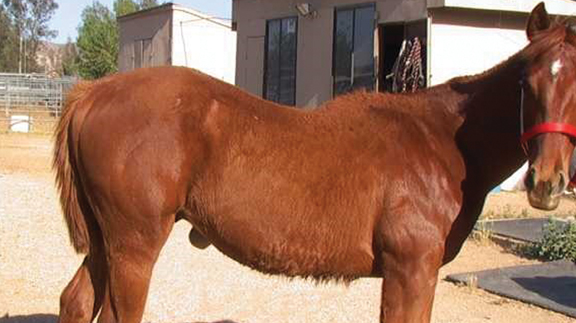
 Equine7 years ago
Equine7 years agoUmbilical Hernia
-

 Attractions7 years ago
Attractions7 years ago48 Hours in Atoka Remembered
-

 Farm & Ranch6 years ago
Farm & Ranch6 years agoHackberry (Celtis spp.)
-
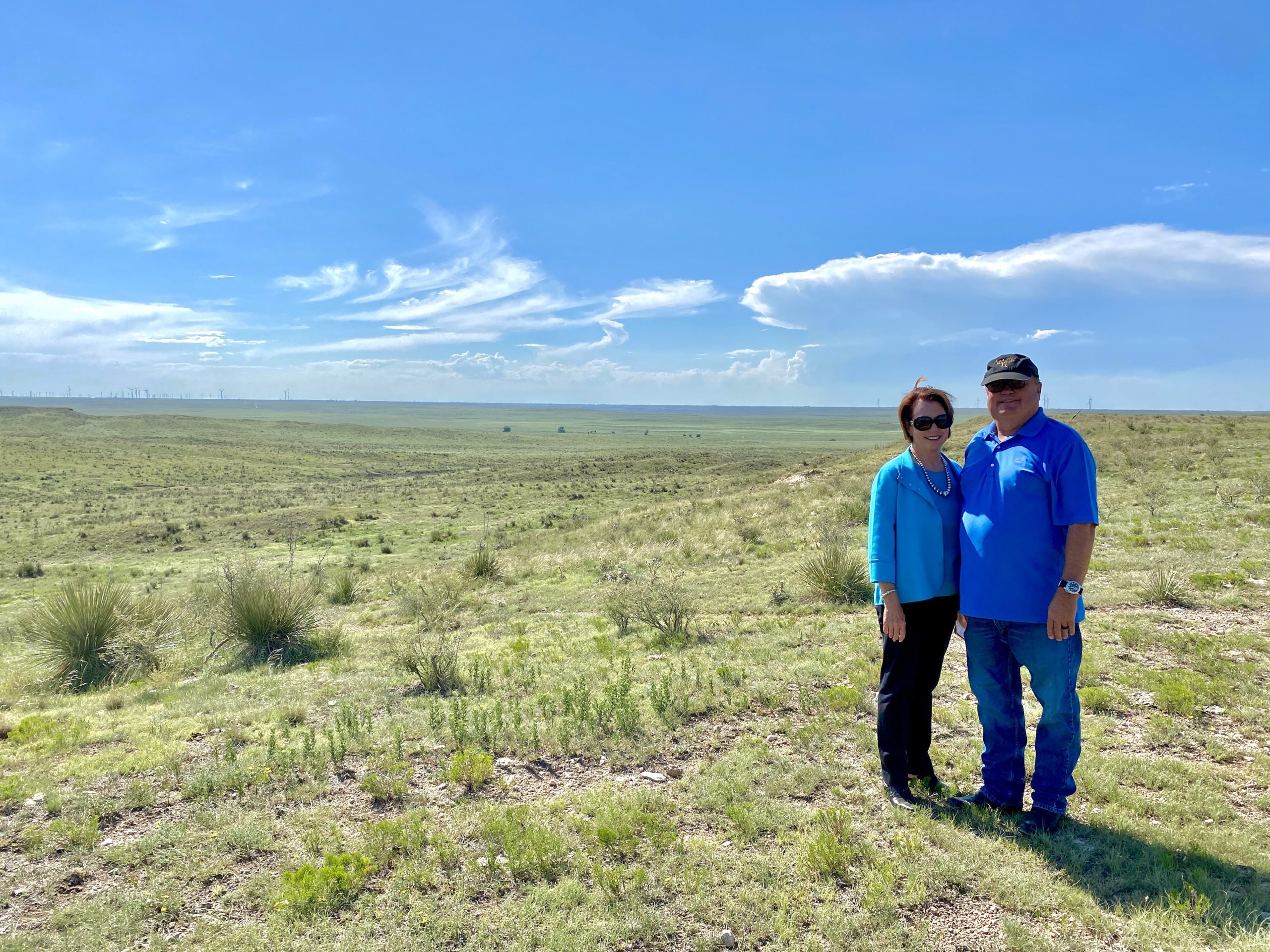
 Outdoors3 years ago
Outdoors3 years agoSuzy Landess: Conservation carries history into the future
